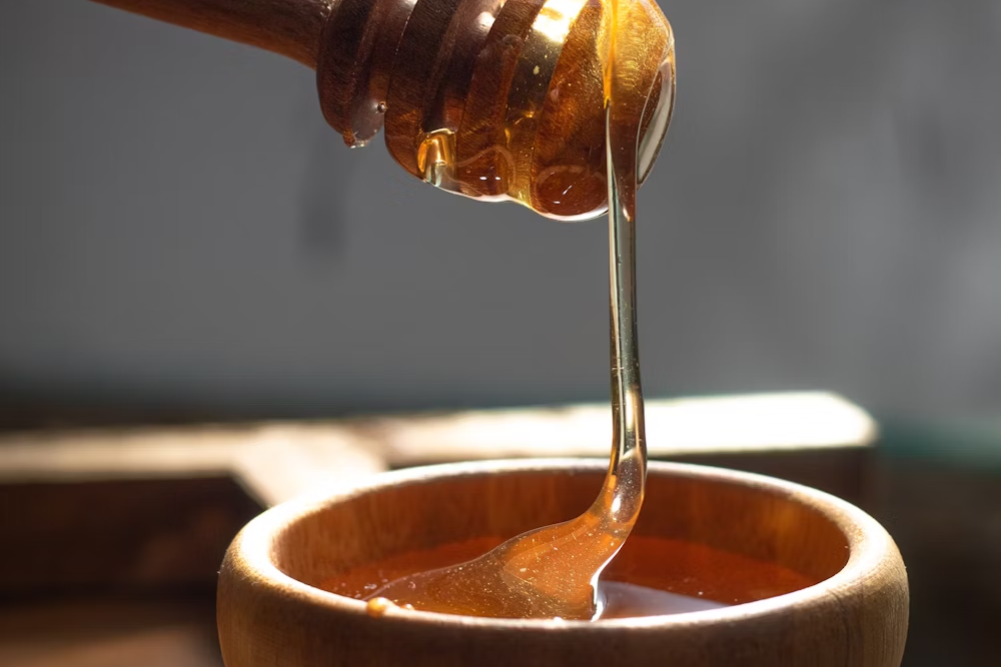Your guide to shatavari
The Greek word for “stalk” or “shoot” is asparagus and there are reputed to be over 300 different varieties of “asparagus”. However, shatavari (Asparagus racemosus) is an ancient Ayurvedic remedy — not the same edible stalks popular in Western cuisine (Asparagus officinalis), although the roots and leaves can be eaten as a food source.
Shatavari can reduce the symptoms of depression.
The name shatavari means “she who possesses one hundred husbands” and it has often been considered (not surprisingly) an aphrodisiac, a rejuvenative herb and a female reproductive tonic. In Ayurveda, it is characterised as a powerful rasayana, as well as being used as a vegetable. Shatavari is a climbing and branching plant, growing up to two metres high. The leaves are needle-like and the roots (the part of the plant used medicinally) are tuberous and succulent.
In humans, shatavari has multiple medicinal uses for many parts of the body: the roots traditionally were used to promote lactation as well as being a demulcent, diuretic, aphrodisiac, tonic, alterative, antiseptic and anti-diarrhoeal. Interestingly, the fresh root was traditionally fed to buffalos to increase their milk production, assist in ridding their wounds of maggots and to improve constipation.
Active ingredients
The main chemical constituents of shatavari are the steroidal glycosides and aglycones, as well as isoflavones, alkaloids and ascorbic acid (vitamin C). Steroidal saponins have been isolated from the fruit, and quercetin and rutin have been found in the flowers (and quercetin in the leaves).
Actions
Adaptogenic
Shatavari’s main action is as an adaptogenic, protecting against a variety of biological, physical and chemical stressors.
Immunomodulator
Various research studies have shown that shatavari increases the phagocytic index: the killing capacity of immune cells called macrophages in a dose-dependent manner. It also inhibits leucopenia (lowered white cell count) caused by treatment with the chemotherapy drug cyclophosphamide.
Antioxidant
Shatavari contains known antioxidant constituents, including ascorbic acid (vitamin C), polyphenols and flavonoids. In-vitro experiments demonstrated antioxidant effects comparable to those of glutathione and vitamin C, inhibiting lipid and protein oxidation, as well as an increase in the antioxidant enzymes superoxide dismutase and catalase.
Liver protection
An extract of shatavari has demonstrated significant improvement in the liver enzymes ALT and AST in-vivo.
Neuroprotective
Excessive stress and oxidation are thought to be major mechanisms of neuronal cell death in conditions such as Parkinson’s disease and Alzheimer’s disease. Shatavari’s antioxidant effects (through glutathione) and its adaptogenic properties reduce the damage caused by stress, resulting in neuroprotective effects. It also reduces the symptoms of depression and improves cognitive function.
Therapeutic effects
Much of the research on shatavari has been done on animals and more clinical research on humans is essential. The research that has been done on humans has often used a formula (EuMil) that contains Asparagus racemosus (shatavari), Withania somnifera (ashwaganda), Ocimum sanctum (holy basil) and Emblica officinalis (amla). In clinical Ayurveda, herbs are usually prescribed in formulas and rarely as single herbs.
Antimicrobial
The science shows that shatavari has broad-spectrum activity against a variety of micro-organisms.
Gastrointestinal system
Shatavari has been shown to improve digestion by increasing levels of the digestive enzymes lipase (fats) and amylase (carbohydrates). It also has a mucosal healing effect, relieving the symptoms of digestive ulcers by strengthening the mucosa, including repairing gastric mucosa damaged by aspirin, all without inhibiting stomach acid secretion. It is traditionally used in Ayurvedic medicine to relieve indigestion, diarrhoea and dysentery.
Antitussive (reduces coughing)
An alcoholic extract of shatavari has demonstrated significant cough-reduction activity comparable to that of codeine phosphate.
Hormonal activity & galactogogue
Shatavari has been used to increase milk production and secretion in various animal studies (including the aforementioned buffaloes). This activity may be caused by increasing the prolactin levels in these animals. Women in tribal areas of India use this herb to promote conception, to reduce the risk of miscarriage and for supporting breastfeeding.
Preparation & dosage
The doses of the root powder are 20–30g per day. This can be made up as an infusion (12–20mL per day) or a decoction (56–112mL per day).
The leaves, stems and roots have been eaten like asparagus. In the hot Indian deserts, two or three juicy shatavari roots are eaten daily for cooling and to give strength.
Contraindications
There have been no adverse effects noted with the use of the root or root powder for medicinal purposes, and the plant has been recorded being eaten safely as a food. There is some suggestion of potential teratogenicity at high doses, but no adverse reactions have been recorded in pregnancy or in clinical trials.








